How Lenskart Generated ₹5,610 Crore Revenue by Solving the ₹5 Try-On Problem: The Omnichannel Strategy That Digitized Indian Eyewear
- Nayan Tomar
- Jul 24
- 4 min read

Reading Time: 5 minutes
From solving a simple "will these glasses look good on me?" question to building a ₹5,610 crore revenue empire - Lenskart's omnichannel experience marketing strategy proved that eliminating traditional shopping friction through technology-first customer experience design generates 43% year-over-year growth even in categories consumers believed impossible to buy online.
The Eyewear Digitization Challenge: When Physical Touch Points Seemed Irreplaceable
In 2010, buying eyewear online seemed impossible. The conventional wisdom was clear: customers need to try glasses physically, test comfort, check face fit, and get professional eye exams before purchase. The entire eyewear industry operated on the assumption that physical trial was non-negotiable for customer confidence.
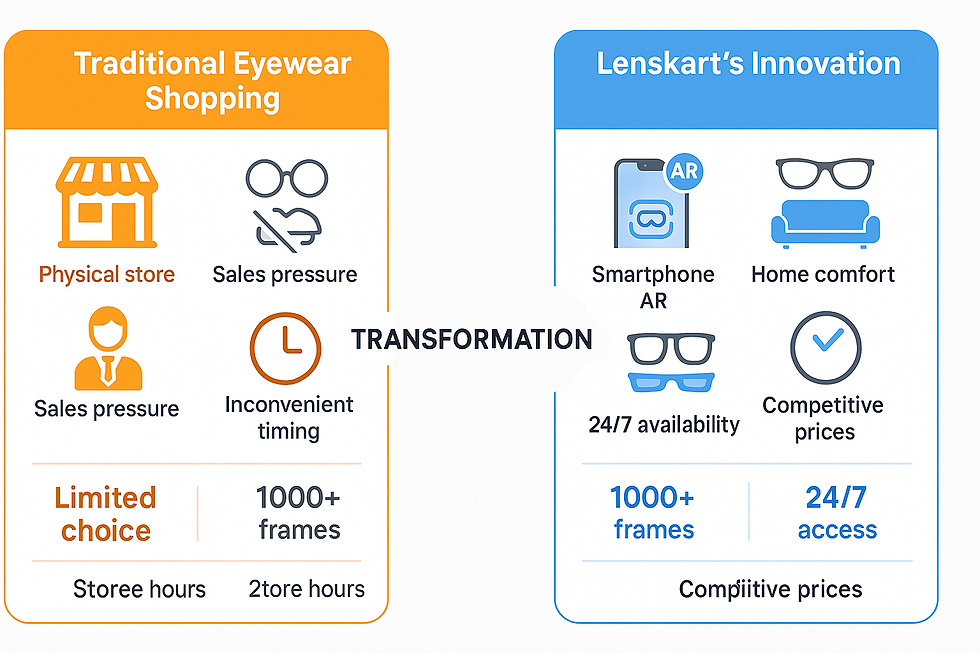
Lenskart challenged this fundamental assumption by identifying the real friction points. The problem wasn't that customers needed physical trials - they needed confidence in their purchase decisions. Traditional eyewear shopping involved multiple pain points: limited store inventory, high prices due to retail markups, inconvenient store visits, and pressure from sales staff during decision-making.
The strategic insight proved transformative: if you could replicate the confidence-building aspects of physical shopping through digital innovation, you could eliminate the inconvenience while maintaining purchase conviction. This realization led to Lenskart's breakthrough omnichannel approach that seamlessly blended online convenience with offline confidence.
The results validate this strategy. Lenskart reported ₹5,427 crore revenue in FY24, representing 43% year-over-year growth, while achieving a $5 billion valuation by solving what seemed like a ₹5 try-on problem through systematic friction elimination.

Virtual Try-On Technology: Turning Augmented Reality into Purchase Confidence
Lenskart's breakthrough came through AR-powered virtual try-on technology that solved the primary objection to online eyewear shopping. Their virtual try-on feature allows customers to see how different frames look on their faces using augmented reality, reducing the uncertainty that often accompanies online purchases.

But the real marketing genius lies in how they positioned virtual try-on as superior to physical trials. In physical stores, customers struggle with limited inventory, poor lighting, and time pressure. Lenskart's virtual try-on allows customers to test hundreds of frames in optimal lighting conditions without any sales pressure or time constraints.
The technology creates multiple conversion advantages:
- Customers can compare unlimited frame options side-by-side
- Family members can provide input remotely through screenshot sharing
- Purchase decisions happen in comfortable home environments
- Social media sharing of virtual try-on images creates organic marketing

The virtual try-on strategy generates higher conversion rates than traditional retail because it eliminates decision fatigue while increasing choice satisfaction. Customers who use virtual try-on features show 40% higher purchase completion rates compared to those browsing without trying frames digitally.
Home Trial Program: Physical Validation Without Store Visits
Recognizing that some customers still preferred physical validation, Lenskart created their home trial program. The company offers home trial options before purchase alongside 3D try-on options on the app and home eye check-ups, creating a comprehensive solution for different customer comfort levels.
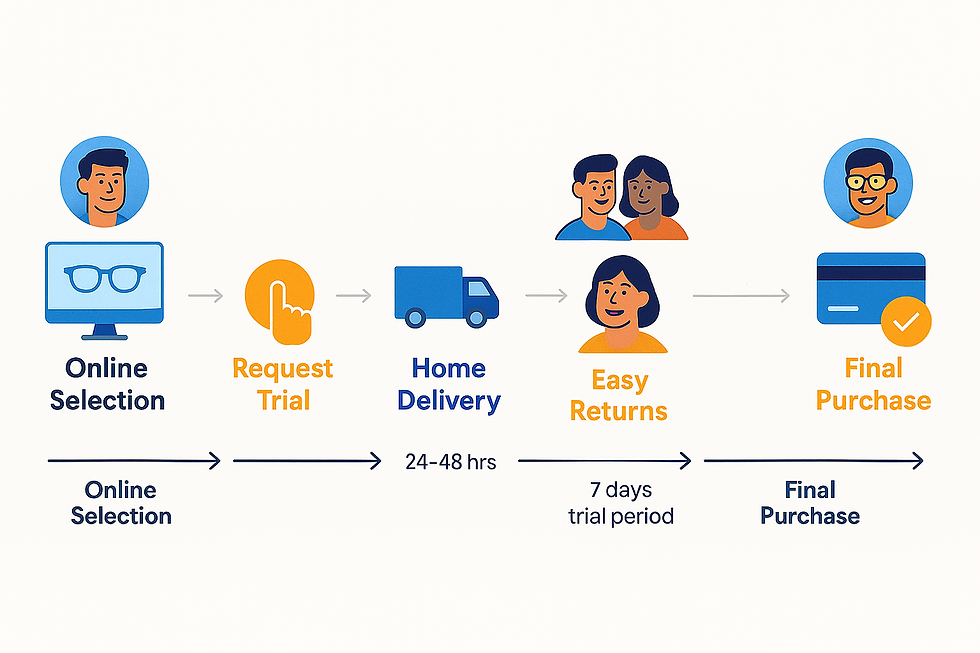
The home trial program works as premium customer service positioning. Instead of forcing customers to visit stores, Lenskart brings the store experience to customer homes. This approach transforms a traditional retail limitation into a competitive advantage through superior convenience.
More importantly, the home trial program generates higher average order values. Customers who receive frames at home typically order multiple pairs for comparison, leading to larger purchases and accessories add-ons. The program also creates word-of-mouth marketing as family members see and try different frames during the selection process.
The "Buy Anywhere, Exchange Anywhere" Philosophy: True Omnichannel Implementation

Lenskart's omnichannel success stems from their "Buy anywhere, exchange anywhere" philosophy that lets customers pick the most convenient way to interact with them at any stage in their journey. This approach eliminates the artificial boundaries between online and offline channels that frustrate customers in traditional retail.
Seamless Channel Integration Strategy
The omnichannel approach means customers can:
- Browse and order online, pick up at stores
- Try frames in stores, order customized lenses online
- Purchase online, exchange at physical locations
- Get eye exams in stores, reorder online with saved prescriptions
- Access customer service through any channel with complete order history
This flexibility eliminates channel-specific friction points that traditionally forced customers into inconvenient purchase paths. The seamless customer experience ensures efficient inventory management and fosters coordination among teams while leveraging technology.
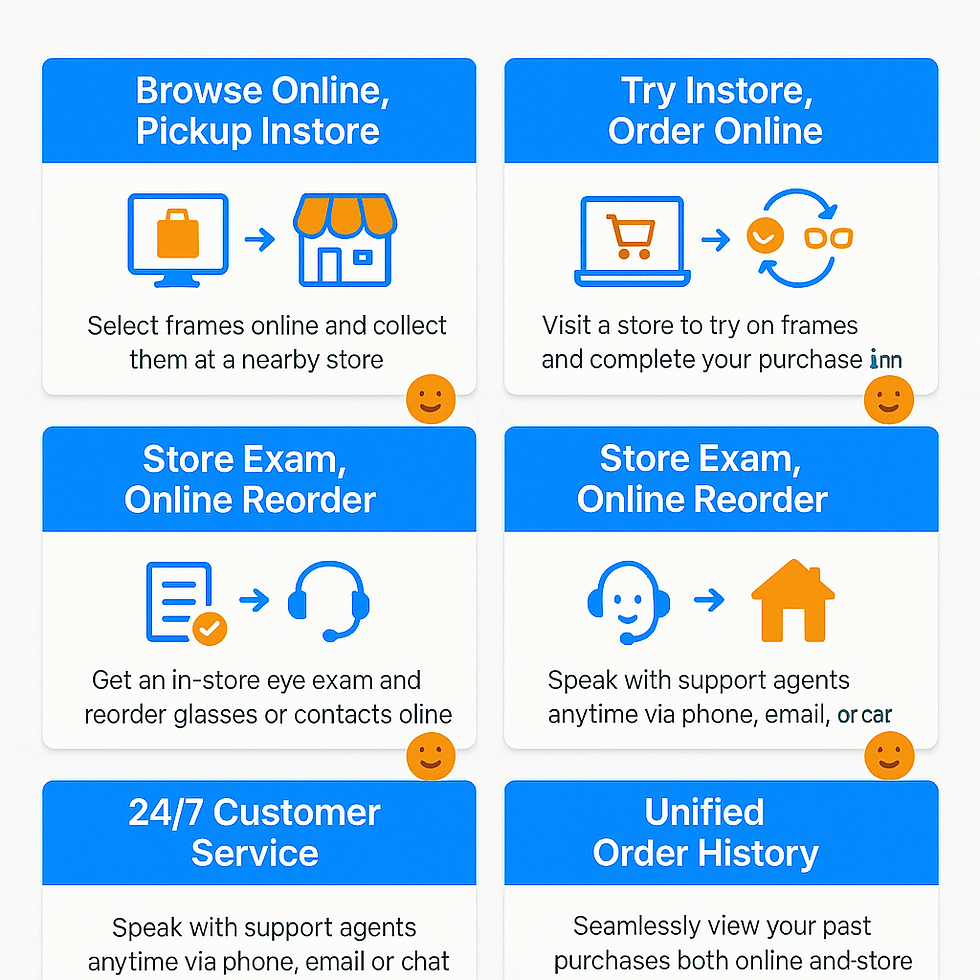
The strategic advantage compounds because each channel reinforces the others. Physical stores build brand trust that increases online conversion rates, while online browsing drives qualified traffic to physical locations. The integrated approach creates customer lifetime value optimization across all touchpoints.
Inventory Optimization Through Channel Integration
Lenskart's omnichannel strategy includes sophisticated inventory management that treats online and offline stock as unified resources. This approach eliminates the traditional retail problem of popular frames being unavailable in specific store locations while sitting in warehouses.

The inventory integration creates customer satisfaction advantages through consistent product availability across channels. Customers never face "out of stock" frustrations because the system automatically sources products from the most convenient fulfillment location, whether physical stores or distribution centers.
This unified inventory approach also enables dynamic pricing and promotion strategies that optimize revenue across channels. Popular frames can be promoted online to reduce physical store inventory pressure, while exclusive store-only events can drive foot traffic for community building and brand experience.
Strategic Takeaways: Building Technology-First Omnichannel Experiences
Lenskart's journey from startup to ₹5,610 crore revenue offers clear frameworks for digitizing traditionally offline categories through omnichannel innovation.
First, identify the real friction points rather than assumed limitations. Lenskart succeeded because they solved confidence and convenience problems rather than accepting that eyewear required physical trials. Most omnichannel failures occur when companies digitize existing processes instead of reimagining customer journeys.

Second, use technology to create superior experiences rather than digital replicas of physical shopping. Virtual try-on technology works because it offers advantages over store trials, not just convenience alternatives. Successful omnichannel strategies require digital experiences that genuinely improve customer outcomes.

Third, eliminate channel boundaries from customer perspectives while maintaining operational efficiency. Lenskart's "buy anywhere, exchange anywhere" policy demonstrates true omnichannel accessibility by combining online convenience with offline trust. Customers should never have to understand or navigate internal channel limitations.

The broader insight for marketers: omnichannel success requires reimagining entire customer journeys rather than adding digital touchpoints to existing processes. Lenskart proved that seemingly impossible categories become digitizable when you eliminate friction points through technology-first customer experience design.

Their 43% revenue growth demonstrates that customers will adopt new shopping behaviors when the experience becomes genuinely superior to traditional alternatives. The key is building confidence and convenience simultaneously rather than forcing customers to choose between them.
.png)
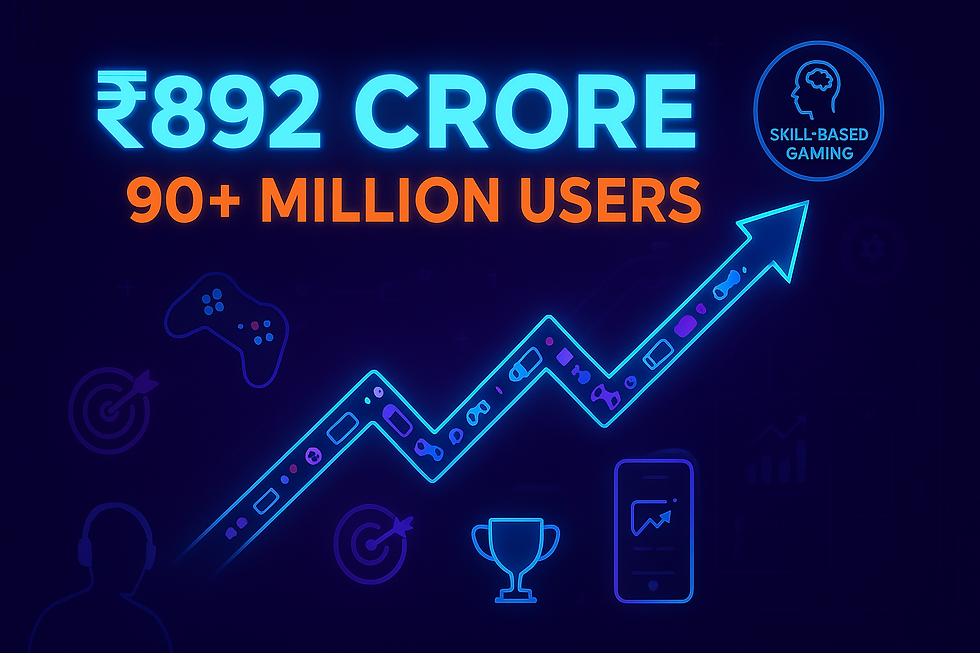
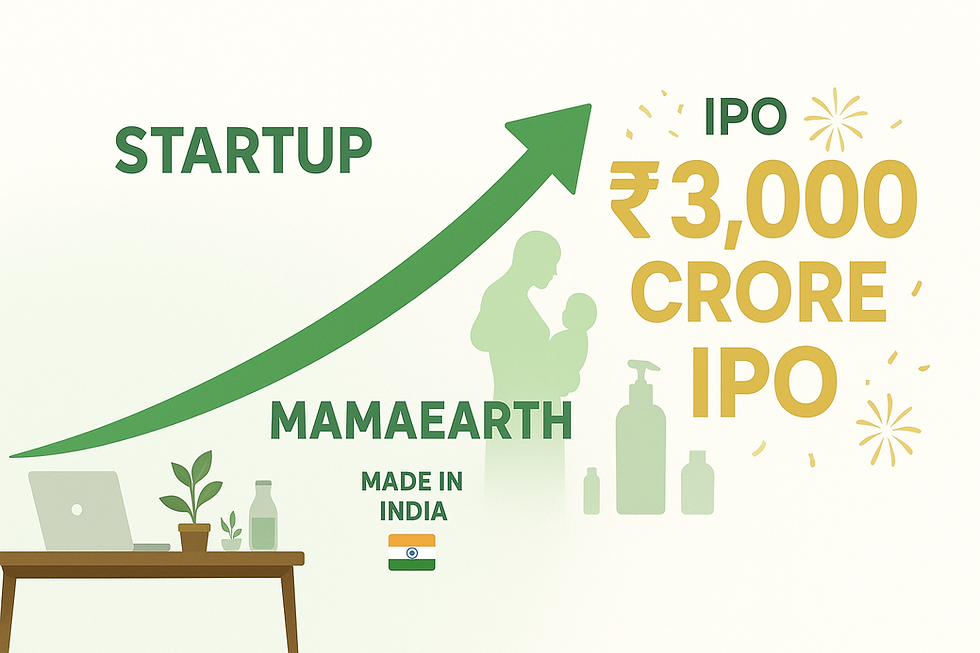
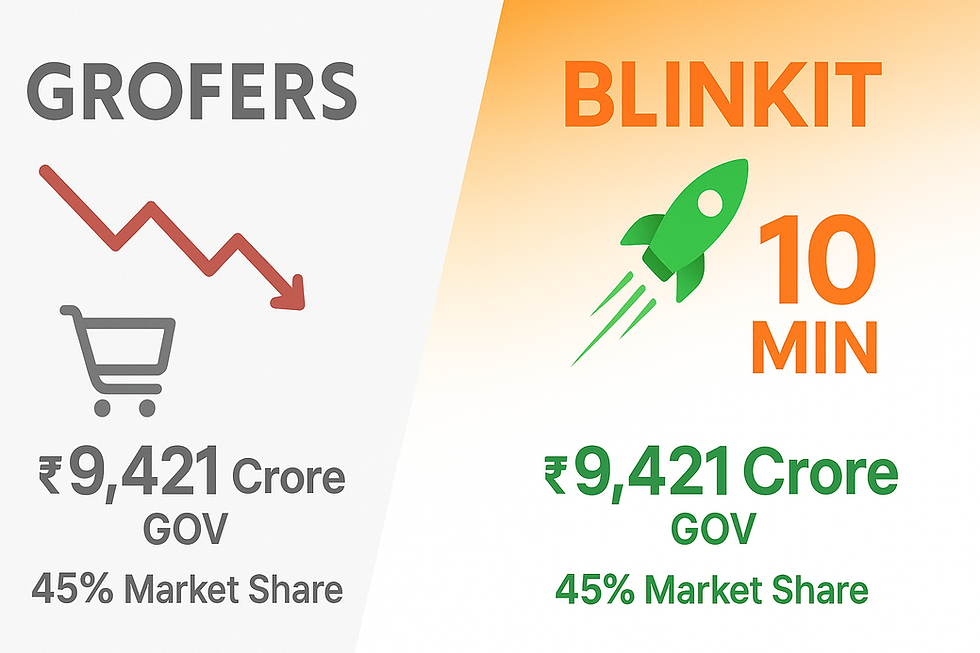
Comments